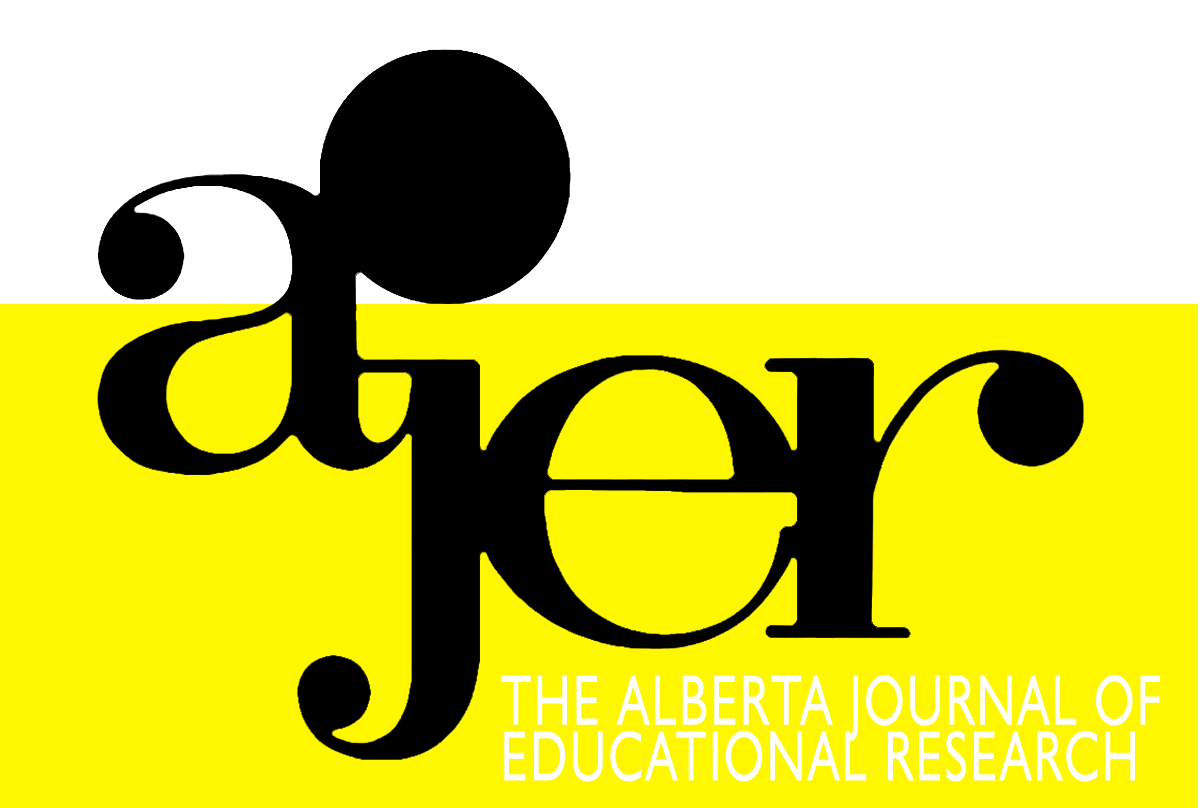Roots of Collaborative Inquiry and Generative Dialogue for Educational Leadership
DOI:
https://doi.org/10.55016/ojs/ajer.v67i3.69961Abstract
The twin processes of collaborative inquiry and generative dialogue underpin two closely aligned and increasingly influential school leadership development programs, one in Alberta, Canada, and the other in New South Wales, Australia. This paper focuses primarily on the Australian program, the character of which has been strongly influenced by its Canadian predecessor. Of interest in the paper is the nature of the foundations of collaborative inquiry and generative dialogue, and the relationship of these processes to an expressed need for better leadership development in the Australian school sector. David Townsend and Pam Adams, who are principally responsible for generating a school leadership development model based on the use of both collaborative inquiry and generative dialogue, have sought to show how these two processes should function seamlessly, but there is more to be said about the nature of their relationship. This paper seeks to throw more light on the integral role played by generative dialogue in empowering collaborative inquiry in the context of school leadership development.
Keywords: generative dialogue, collaborative inquiry, school leadership, leadership development, educational leadership programs
Les processus jumeaux de l'enquête collaborative et du dialogue génératif sous-tendent deux programmes de développement du leadership scolaire étroitement alignés et de plus en plus influents, l'un en Alberta, au Canada, et l'autre en Nouvelle-Galles du Sud, en Australie. Cet article se concentre principalement sur le programme australien, dont le caractère a été fortement influencé par son prédécesseur canadien. Il s'intéresse à la nature des fondements de l'enquête collaborative et du dialogue génératif, ainsi qu'à la relation entre ces processus et le besoin exprimé d'un meilleur développement du leadership dans le secteur scolaire australien. David Townsend et Pam Adams, qui sont les principaux responsables de la création d'un modèle de développement du leadership scolaire basé sur l'utilisation de l'enquête collaborative et du dialogue génératif, ont cherché à montrer comment ces deux processus devraient fonctionner de manière transparente, mais il y a plus à dire sur la nature de leur relation. Cet article vise à mettre en lumière le rôle intégral joué par le dialogue génératif dans l'autonomisation de l'enquête collaborative dans le contexte du développement du leadership scolaire.
Mots clés : dialogue génératif, enquête collaborative, leadership scolaire, développement du leadership, programmes de leadership scolaire
Downloads
Downloads
Published
How to Cite
Issue
Section
License
UNIVERSITY OF ALBERTA COPYRIGHT LICENSE AND PUBLICATION AGREEMENT
If accepted, authors will be asked to sign a copyright agreement with the following points:
A. Where there is any inconsistency between this Copyright License and Publication Agreement and any other document or agreement in relation to the same subject matter, the terms of this Agreement shall govern.
B. This document sets out the rights you are granting in relation to publication of your article, book review, or research note entitled (the “Article”) through inclusion in the academic journal titled Alberta Journal of Educational Research (the “Journal”) published through the Faculty of Education, representing the Governors of the University of Alberta (the “Journal Editor”).
C. There will be no payment to you for this publication and grant of rights. In consideration of the agreement to publish the Article in the Journal:
1. You are warranting that:
- the content of the Article is your original work, and its content does not contain any material infringing the copyright of others; or, where the Article is not entirely your original work, you have obtained all necessary permissions in writing to grant the rights you are giving in this agreement;
- the content of the Article does not contain any material that is defamatory of, or violates the privacy rights of, or discloses the confidential information of, any other person;
- the Article has not been published elsewhere in whole or in part, and you will not allow publication of the Article elsewhere without the consent of the Journal Editor;
- the names of all co-authors and contributors to the Article are:
2. You agree to license the copyright in the Article to the Journal Editor, on a worldwide, perpetual, royalty free basis; and to the extent required by the terms of this agreement. You shall retain the right at all times to be acknowledged as the/an author of the Article.
3. You further agree that the Journal Editor has the entitlement to deal with the Article as the Journal Editor sees fit, and including in the following manner;
- The right to print, publish, market, communicate and distribute the Article and the Journal, in this and any subsequent editions, in all media (including electronic media), in all languages, and in all territories, ing the full term of copyright, and including any form of the Article separated from the Journal, such as in a database, abstract, offprint, translation or otherwise, and to authorize third parties to do so;
- The right to register copyright of the Journal;
- The right to edit the Article, to conform to editorial policy as the Journal Editor sees fit.
4. If any co-author or contributor to the Article does not sign this agreement, the Journal Editor reserves the right to refuse to publish the Article.



